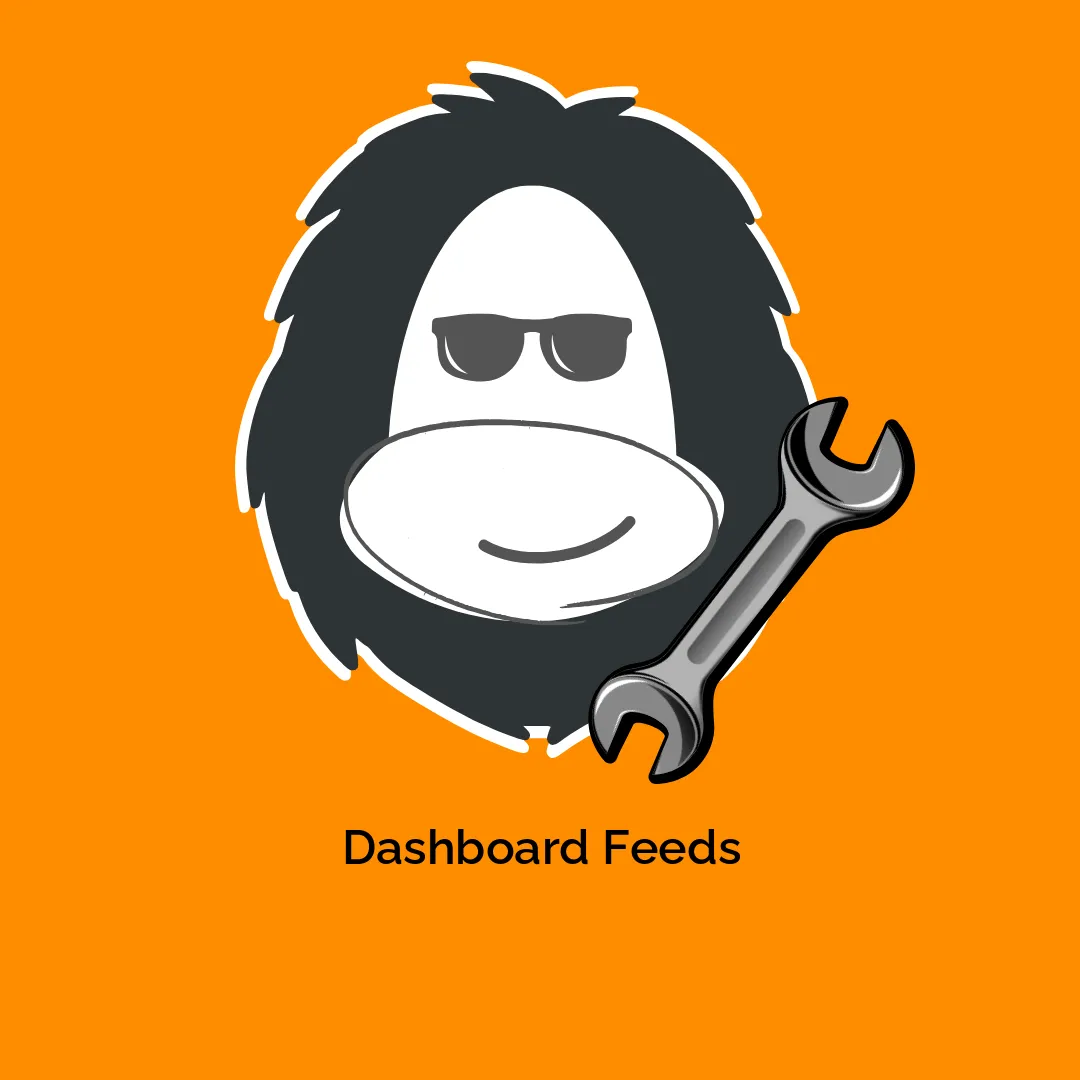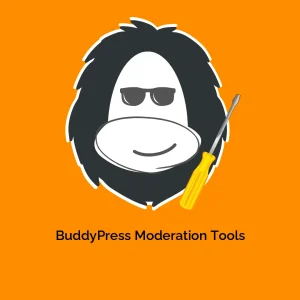Understanding Dashboard Feeds in WordPress
In an expanding digital landscape, the use of dashboard feeds in WordPress has increasingly become essential for managing content efficiently and effectively. They offer a streamlined way to consolidate various pieces of information, enabling users to grasp the essentials quickly. In this article, we delve into the concept of dashboard feeds, its functionalities, benefits, and best practices for leveraging them in your WordPress site management.
What are Dashboard Feeds?
Simply put, dashboard feeds refer to the dynamic streams of information displayed on your WordPress dashboard. They serve multiple purposes, such as delivering updates, tracking performance, monitoring site health, and providing analytics insights, all in real-time. Dashboard feeds essentially aggregate various data points into one place, making it easier for site administrators and content managers to analyze and act on the information.
Imagine logging into your WordPress admin area and having immediate access to crucial updates regarding your site performance, user engagement, and newer content. Dashboard feeds make this possible, reflecting live data aimed at enhancing productivity.
Importance of Dashboard Feeds
-
Real-Time Updates: One of the core advantages of utilizing dashboard feeds is their ability to display updates in real time. Whether it’s site metrics, comment notifications, or performance alerts, having this information readily available can significantly enhance responsiveness.
-
Centralized Information: Instead of navigating through multiple plugins and settings to collect information, dashboard feeds take the guesswork out of it. Users can visualize data from various sources in one location, reducing time spent searching and increasing focus on creating and optimizing content.
-
Enhanced User Experience: The integration of dashboard feeds enhances user experience on your site by keeping stakeholders informed. This continuous flow of relevant updates ensures that everyone involved with the site can engage based on the latest data, fostering collaboration and quick decision-making.
-
Performance Monitoring: Tracking the success of posts, visitor interactions, and website performance is crucial for long-term strategies. Dashboard feeds allow for consistent monitoring while enabling you to adjust your tactics based on current trends or issues that arise.
Types of Dashboard Feeds
Dashboard feeds can be categorized based on the type of information they deliver:
1. Content Feeds
Content feeds can showcase your most recent posts, pages, or custom post types. They also enable easy management of this content by providing quick links to edit or review specifics.
2. Analytics Feeds
For those keen on understanding traffic patterns, analytics feeds are vital. They often include metrics related to visitor counts, demographics, engagement rates, and bounce rates. These insights can guide your content strategies and marketing efforts effectively.
3. Notification Feeds
Notification feeds keep you updated on comments, tag notifications, and site alerts. By staying informed about site activities, you can engage your audience in real-time, enhancing interaction within your community.
4. SEO Feeds
If search engine optimization is part of your strategy, SEO dashboard feeds can provide insights into keyword performance, backlink information, and page rankings. This information is indispensable for making well-informed decisions regarding your SEO tactics.
5. Security Feeds
Maintaining site security is paramount. Security feeds deliver updates about potential vulnerabilities, unauthorized logins, and backup statuses so users can take prompt action if needed.
How to Implement Dashboard Feeds
To effectively implement dashboard feeds in your WordPress environment, consider these strategies:
1. Choose the Right Plugins
There are various plugins available designed specifically to enhance dashboard feeds. WordPress plugins like Jetpack, Google Analytics Dashboard for WP, or WPForms can be excellent additions to ensure you’re capturing all relevant feeds in one place.
2. Customize Your Dashboard
WordPress allows customization of dashboard widgets. Tailoring the dashboard to display the feed types most relevant to your site’s needs will result in a more efficient workflow. You could prioritize efficiency by placing the most critical notifications and analytics at the top.
3. Maintain Site Speed
Effective dashboard feeds should not compromise site performance. Implementing caching plugins and optimizing your database can reduce load times, ensuring that real-time feeds do not hinder user experience.
4. Regularly Refresh Feeds
Keeping your dashboard feeds current is critical. Regularly check and refresh the source data ensuring the information displayed is accurate, relevant, and beneficial for your ongoing site management.
5. Engage with the Community
Another essential aspect is to encourage engagement with your users or team. Utilizing feeds like activity logs ensures everyone is on the same page, creating a collaborative atmosphere that can drive better results.
Best Practices for Using Dashboard Feeds
-
Focus on Key Metrics: Ensure that the feeds focus on data that aligns with your business objectives. Prioritize feeds that offer insights on performance relative to those objectives.
-
Avoid Information Overload: While it is tempting to include as much information as possible, too many dashboard feeds can become overwhelming. Limit yourself to essential data that serves a clear purpose.
-
Regular Updates: Make it a practice to evaluate and update your dashboard feeds periodically. This will help adjust the information displayed based on the latest business needs or analysis outcomes.
-
User Training: If you manage a team, train them on understanding how to read and utilize the dashboard feeds effectively. This will increase overall efficiency through informed decisions.
-
Utilize Visual Data Representations: Using graphs, pie charts, or trendlines can help visualize data better than raw numerical values. This aids in quickly discerning actionable insights at a glance.
Conclusion
Dashboard feeds are a pivotal component in the optimally functioning WordPress environment. By providing real-time updates, centralized information, and essential analytics, they empower users to manage their sites with enhanced efficiency and effectiveness. Whether you’re monitoring content performance, engaging with your audience, or ensuring the site’s security, working with a well-configured dashboard feed can truly revolutionize the way you approach content management in your WordPress journey.
Adopting best practices and tools to enhance this feature makes it indispensable in today’s fast-paced online environment. Thus, as you forge ahead, ensure your dashboard feeds serve as a reliable companion in your content strategy and site management endeavors.
Download Dashboard Feeds Plugins for free
You see, downloading Dashboard Feeds Plugins for free is feasible and perfectly legitimate.
Truly, even downloading a cracked Dashboard Feeds is law-abiding, because the license it is distributed under is the General Public License, and this license allows its free modification and resale.
Therefore, don’t be concerned: If you wanted to buy Dashboard Feeds cheaply or, directly, to download Dashboard Feeds Plugins nulled and, thus, get it one hundred percent free, now, you can do that legally.
Dashboard Feeds GPL: The only option for entrepreneurs just starting
Call it whatever you want: Buying Dashboard Feeds on resale, download Dashboard Feeds Plugins GPL, download Dashboard Feeds without license or download Dashboard Feeds nulled.
It is something totally legitimate and something indispensable for every new entrepreneur.








-300x300.webp)
Reviews
There are no reviews yet.